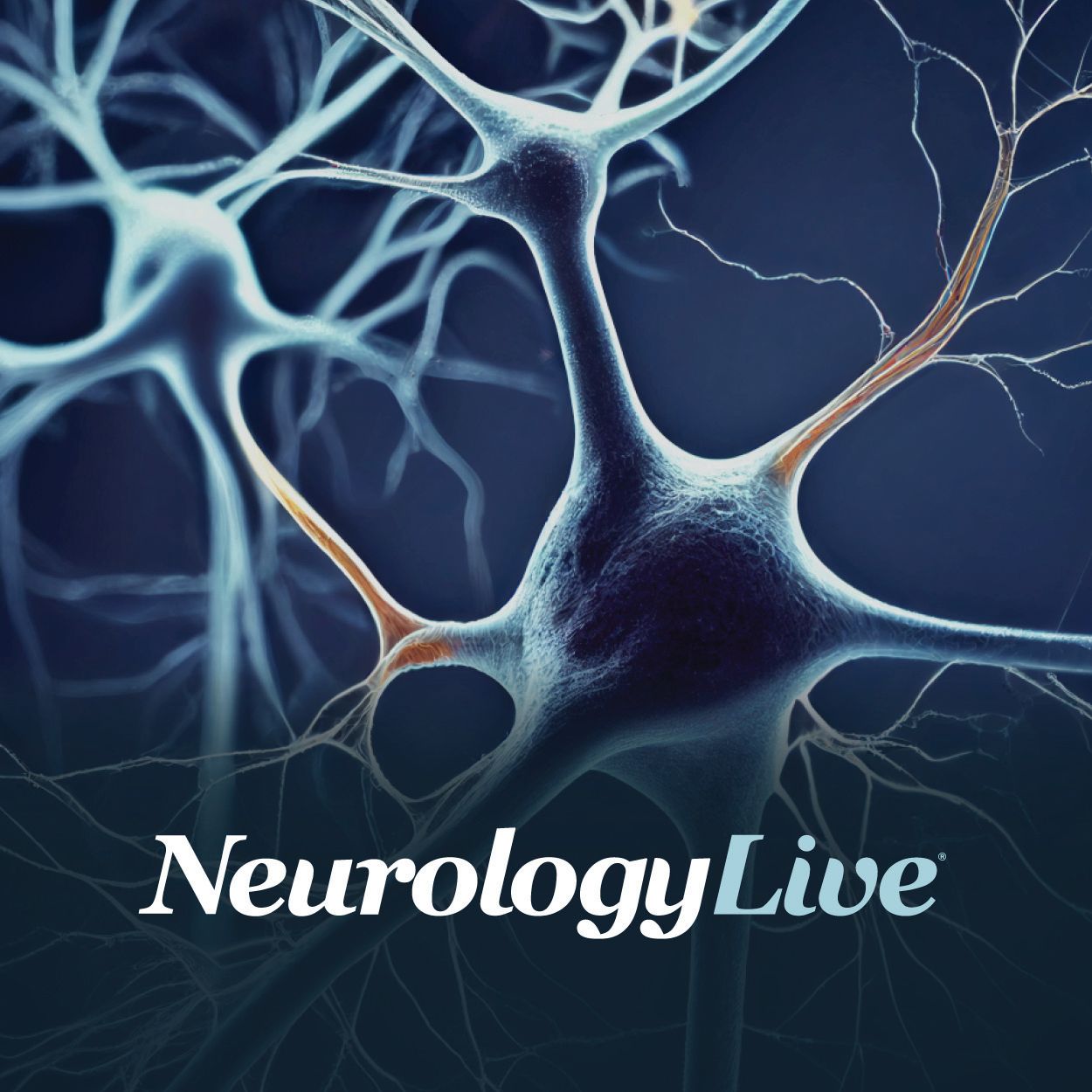Video
Carrie Hersh, DO, MSc: Assessing Real-World MS Data to Compare DMTs
Author(s):
The MS neurologist at Cleveland Clinic’s Lou Ruvo Center for Brain Health discussed how leveraging real-world datasets can help reduce indication bias when comparing treatments for multiple sclerosis.
“We’re no longer going to be able to rely on just RCTs because we’re no longer going to have those [drug-to-drug] comparisons. Being able to leverage what we’re seeing in real-world practice using all sort of different datasets from different institutions is going to play an increasingly important role.”
While the armamentarium for treating multiple sclerosis (MS) has grown quickly in the past decade—now counting more than 15 disease-modifying therapies—the days of being able to rely solely on data from randomized clinical trials (RCTs) for comparative efficacy data are long gone.
Although real-world datasets can be messy compared to more uniform RCT patient populations which are highly controlled, now, using ever-adjusted and complex propensity score models has allowed for physicians to compare “apples to apples, instead of apples to oranges,” as Carrie Hersh, DO, MSc, put it.
Hersh, an MS neurologist at Cleveland Clinic’s Lou Ruvo Center for Brain Health, spoke with NeurologyLive® at the 2019 Annual Meeting of the Consortium of Multiple Sclerosis Centers (CMSC), May 28-June 1, in Seattle, Washington, about how the increasing popularity of real-world datasets has brought a need for physicians to adequately compare patient populations to avoid indication bias. Hersh shared her insight into what propensity scores can offer the MS physician community.
For more coverage of CMSC 2019, click here.




